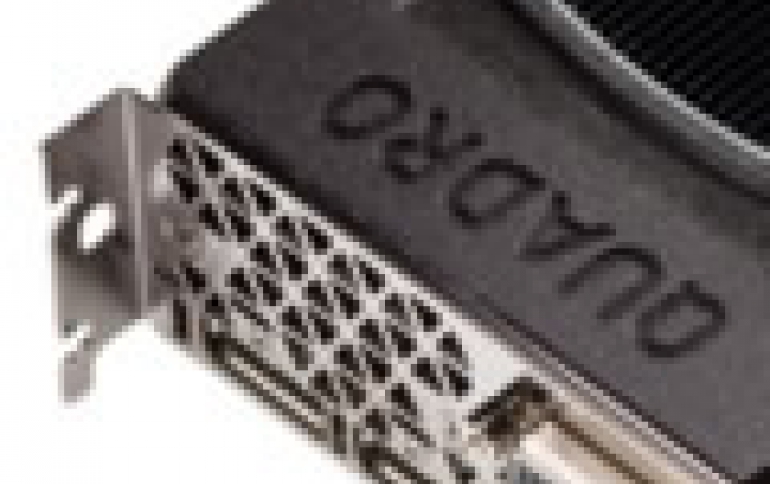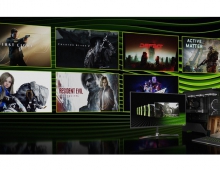
Nvidia Quadro P6000 GPU Delivers 12 Teraflops of Performance
Nvidia's latest Quadro GPU P6000, can deliver 12 teraflops of single-precision performance, a teraflop more than the Titan X unveiled last week. With its 3,840 cores and 24GB of GDDR5X memory, designers will be able to manipulate complex designs up to twice as fast as before. The P6000 is based on the new GP102 GPU and it is aimed at the type of powerful workstations used for tasks like editing HD video and applying special effects, as well as the CAD/CAM applications used by engineers.

The P6000 supports 432GBps of memory bandwidth. It has four DisplayPort 1.4 slots, supporting resolutions up to 4K at 120Hz and 5K at 60Hz. The GPU has internal pipelines to render faster 3D video.
The new Quadro is significantly faster than its predecessor, Nvidia said, though it didn't provide side by side performance figures.
The current top-end Quadro is the M6000, which is based on the Maxwell architecture, and delivers peak single-precision performance of 7 teraflops. The M6000 uses GDDR5 memory and has lower memory bandwidth.
Nvidia also announced the Quadro P5000, which delivers 8.9 teraflops of peak performance. It has 2,560 cores, 16GB of GDDR5X memory and 288GBps of memory bandwidth.

NVIDIA also confirmed that the card ships with the Quadro 6000-series standard TDP of 250W. Utilizing the same basic metal shroud and blower design as the M6000 cards, the P6000 should be suitable as drop-in replacement for older M6000 cards.
Along with the performance increase afforded by the Pascal architecture and TSMC’s 16nm FinFET manufacturing process, the Pascal-based Quadro P-series brings some other functionality.
Perhaps the biggest change here is Pascal’s new display controller. With both the P6000 and P5000 shipping with 4 DisplayPorts, the DisplayPort 1.4 capable controller means that both cards can now support higher resolutions and refresh rates. Whereas the M-series maxed out at 4 4K@60Hz monitors, the P-series can now handle 4 monitors running 5K@60Hz, 4 4K monitors running at 120Hz, or even 8K monitors with additional limitations.
Along with the announcement of the Quadro P-series, NVIDIA is also updating various software initiatives within the company.
NVIDIA’s Iray physically based render plugin for 3D modeling applications is getting a significant update. As with other parts of their ecosystem, NVIDIA is doubling down on VR here as well. The next update to Iray will include support for generating panoramic VR lightfields, which can then be displayed on other devices.
The Iray update will also be part of a larger focus on integrating the company’s software with their DGX-1 server, which incorporates 8 Tesla P100 accelerators. Iray will be coming to DGX-1 this fall, supporting the same features that are already available in multi-GPU setups with the older Quadro VCA. Longer term, in 2017, the company will be adding NVLink support for better multi-GPU scaling.
NVIDIA’s OptiX ray tracing engine is the other product that’s getting a DGX-1 update. OptiX 4.0, which is being released this week, adds support for the DGX-1, including NVLink support.





















